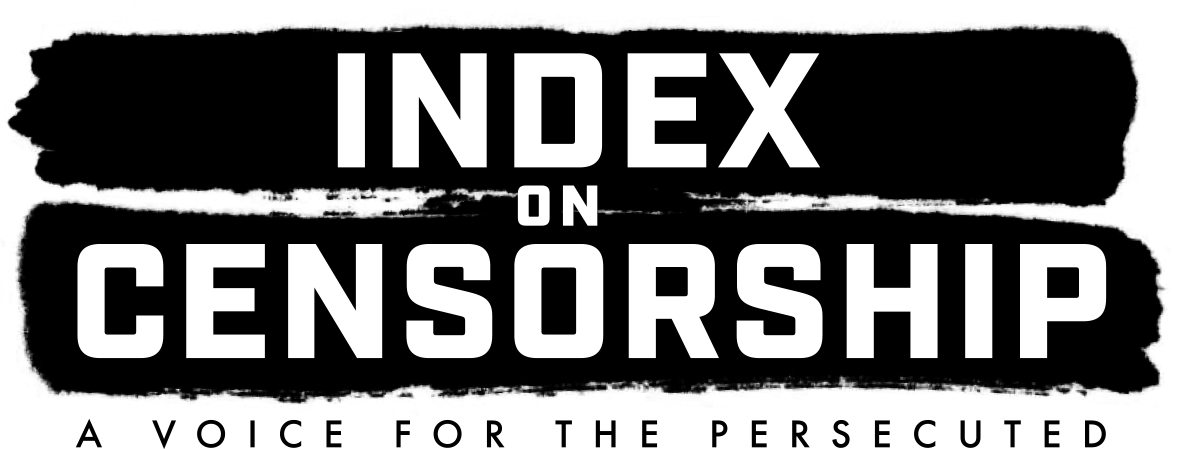Ditchling Museum of Art + Craft is an award-winning museum in a picturesque Sussex village, yet its charm belies a deeper conflict. For some time, the staff, trustees and our colleagues outside the institution have been engaged in a difficult and at times emotional process of deciding how we should present and interpret the work of Eric Gill – an artist central to our narrative and whose importance to art and design history in the UK and around the world is impossible to ignore, but whose diaries record that he sexually abused his daughters as well as other disturbing sexual acts.
A museum has duties which are outlined in the Museums Association Code of Ethics, including to:
- treat everyone equally, with honesty and respect
- provide and generate accurate information for and with the public
- support freedom of speech and debate
- use collections for public benefit – for learning, inspiration and enjoyment
By not publicly acknowledging Eric Gill’s sexual abuse of his daughters we have been failing in these obligations; and that in many instances visitors’ understanding or enjoyment of Gill’s art would have been affected by having been given this information. Failure to provide acknowledgment of the abuse risks damaging our visitors’ trust in the museum, fails to fully interpret objects, and stops us from showing large areas of Gill’s work and our permanent museum collection. However uncomfortable it might be, we need to study the very prevalent themes of sex and the human body to really understand Eric Gill’s work. Ditchling Museum of Art + Craft exists to tell the story of the artistic and craft community of the village, the lives of the individuals, how they worked, were educated and interacted. We therefore do not, and cannot, see their work in isolation from their biography.
In addition to these reasons, we believe there are wider ethical or moral reasons around why we should share this story publicly with our visitors. As a trusted, public space and an organisation with education and wellbeing at its heart, we believe that museums (and other cultural organisations) have an opportunity to engage with and contribute to difficult societal issues. As Director of the museum, I do believe that we have a part to play in opening up a conversation around sexual abuse and not being complicit in a culture of turning a blind eye towards abuse.
The museum operates within these two positions: we condemn Eric Gill’s abuse of his daughters with no attempt to hide, excuse, normalise or minimise, yet we also have a duty to protect, display and interpret the art work we hold in our collections. Through this exhibition we are attempting to address that fundamental question at the heart of this discussion: is it possible to appreciate Gill’s depiction of the human form when we know the disturbing nature of some of his sexual conduct?
This exhibition is the result of two years of intense discussions both within the museum and beyond, including contributing to an article in The Art Newspaper in July 2015, hosting #museumhour twitter discussions on 22 February 2016 on ‘tackling tricky subjects’, a workshop day with colleagues from museums across the country hosted at the museum with Index on Censorship, and a panel discussion at 2016 Museums Association Conference in Glasgow. Through these discussions Ditchling Museum of Art + Craft feels compelled to confront an issue which is unpleasant, difficult and extremely sensitive. It has by no means been an easy process yet we feel confident that not turning a blind eye to this story is the right thing to do. This exhibition is just the beginning of the museum’s process of taking a more open and honest position with the visitor and we already have legacy plans in place including ensuring there will continue to be public acknowledgement of the abuse within the museum’s display.
I fully understand that there will be people who want to reject and forget the work that Eric Gill produced as a result of his sexual violence towards his children; although it is not a position that I share, it is one which I can easily understand. My hope is that from those who do take this position, there is also an understanding as to why this museum has decided that we should not hide the story, and that some public good can result from openly and publicly having a difficult conversation.
Nathaniel Hepburn, Director and CEO, Ditchling Museum of Art + Craft


